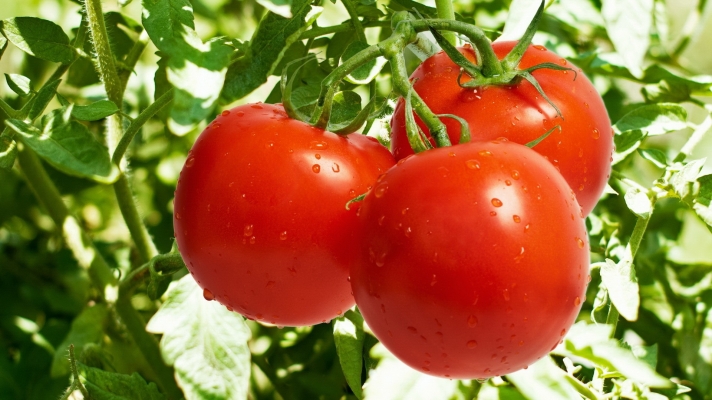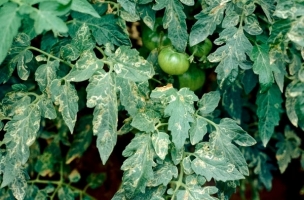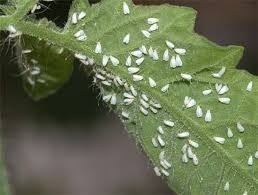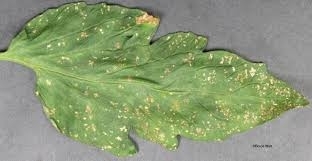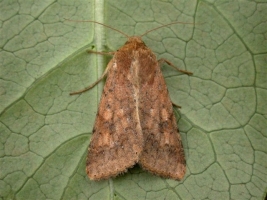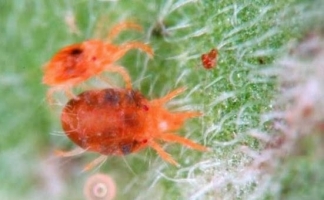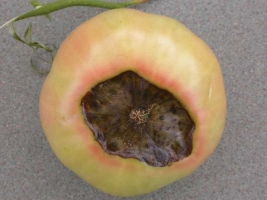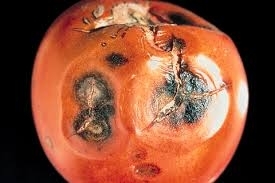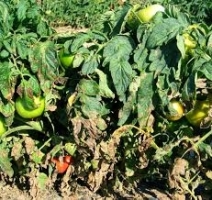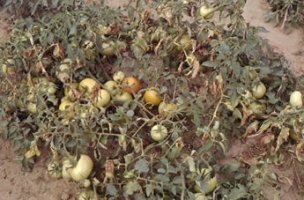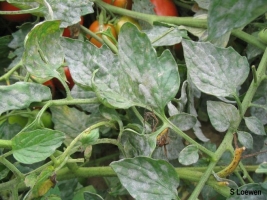Punjab Ratta: Ready for first picking in 125days from transplanting. Gives average yield of 225qtl/acre. This variety is suitable for processing.
Punjab Chhuhara: Fruits are seedless, pear shape, red and firm with thick wall or skin. Marketable quality remains for 7days after harvesting and thus suitable for long distance transportation and processing. It gives average yield of 325qtl/acre.
Punjab Tropic: Plant height is about 100cm. Ready to harvest in 141days. Fruits are of large size and round shape, they borne in cluster. Gives average yield of 90-95qtl/acre.
Punjab Upma: Suitable for cultivation in rainy season. Fruits are oval shape, medium size and of firm deep red color. Gives average yield of 220qtl/acre.
Punjab NR -7: Dwarf variety having medium size juicy fruits. It is highly resistant to fusarium wilt and root knot nematodes. Gives average yield of 175-180qtl/acre.
Punjab Red cherry: Developed by Punjab Agricultural University. These cherry tomatoes are used in salads. These are of deep red color and in future it will be available in yellow, orange and pink color. Sowing is done in August or September and plant is ready to harvest in February and gives yield up to July. Its early yield is 150 qtl/acre and total yield is 430-440 qtl per acre.
Punjab Varkha Bahar 2: Ready to harvest in 100days after transplanting. It is resistant to leaf curl virus. Gives average yield of 215 qtl/acre.
Punjab Varkha Bahar 1: After transplanting, ready to harvest in 90days. It is suitable for sowing in rainy season. It gives resistance to leaf curl virus. Gives average yield of 215qtl/acre.
Punjab Swarna: Released in 2018. It has dark green color foliage. It has oval shaped fruits which is orange in color and medium in size. First picking should be done after 120 days of transplanting. It gives an average yield of 166qtl/acre till end-March and gives total yield of 1087qtl/acre. The variety is suitable for table purpose.
Punjab Sona Cherry: Released in 2016. It gives an average yield of 425qtl/acre. The fruits are yellow in color and bears in bunches. The average weight of the fruit is approximately 11gm. It contains 7.5% sucrose content.
Punjab Kesari Cherry: Released in 2016. It gives an average yield of 405qtl/acre. The average weight of the fruit is approximately 11gm. It contains 7.6% sucrose content.
Punjab Kesar Cherry: Released in 2016. It gives an average yield of 405qtl/acre. The average weight of the fruit is approximately 11gm. It contains 7.6% sucrose content.
Punjab Varkha Bahar-4: Released in 2015. It gives an average yield of 245qtl/acre. It contains 3.8% sucrose content.
Punjab Gaurav: Released in 2015. It gives an average yield of 934qtl/acre. It contains 5.5% sucrose content.
Punjab Sartaj: Released in 2009. It has round shape fruit, moderate and hard. Suitable for rainy season. It gives an average yield of 898qtl/acre.
TH-1: Released in 2003. The fruits are dark red in color, round hard and approximately 85gm weight. It gives an average yield of 245qtl/acre.
Punjab Swarna: Released in 2018. It has dark green color foliage. It has oval shaped fruits which is orange in color and medium in size. First picking should be done after 120 days of transplanting. It gives an average yield of 166qtl/acre till end-March and gives total yield of 1087qtl/acre. The variety is suitable for table purpose.
Other States Variety
HS 101: Suitable for growing in north India during winter condition. Plants are dwarf. Fruits are round and medium size and juicy. Fruits are borne in cluster. It is resistant to Tomato Leaf Curl Virus.
HS 102: Early maturing variety. Fruits are small to medium in size, round and juicy.
Swarna Baibhav Hybrid: Recommended for cultivation in Punjab, Uttarakhand, Jharkhand, Bihar and Uttar Pradesh. It is sown in September- October. Fruits keeping quality is good so suitable for long distance transport and processing. Gives yield of 360-400qtl/acre.
Swarna Sampada Hybrid: Recommended for cultivation in Punjab, Uttarakhand, Jharkhand, Bihar and Uttar Pradesh. Suitable timing for sowing is August - September and February-May. It is resistant to bacterial wilt and early blight. It gives yield of 400-420qtl/acre.
Keekruth: Plant height is about 100cm. Ready to harvest in 136days. Fruits are medium to large size, round shape, deep red color.
Keekruth Ageti: Plant height is about 100cm. Fruits are medium to large size, round shape having green shoulder which disappears on ripening.

